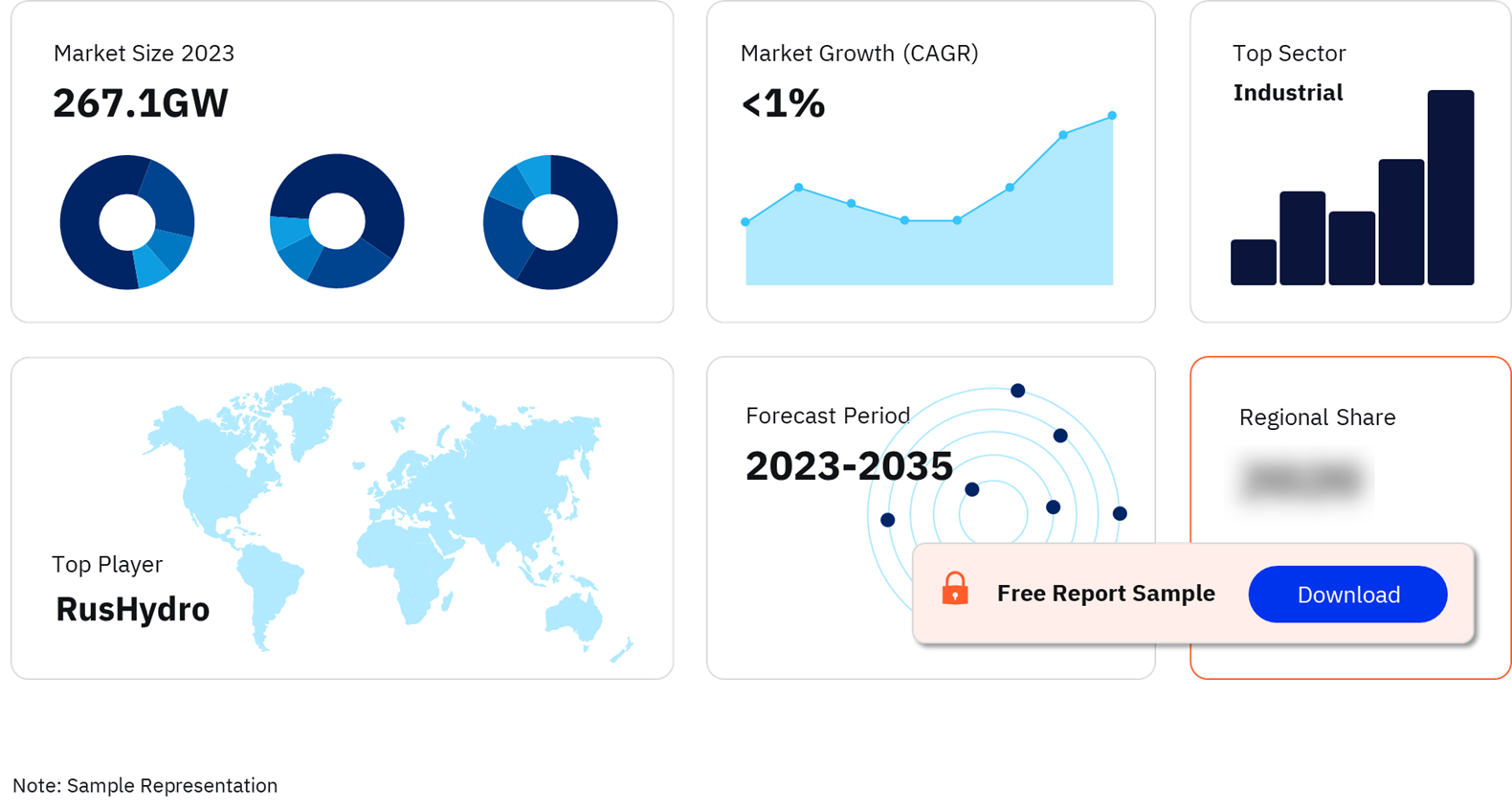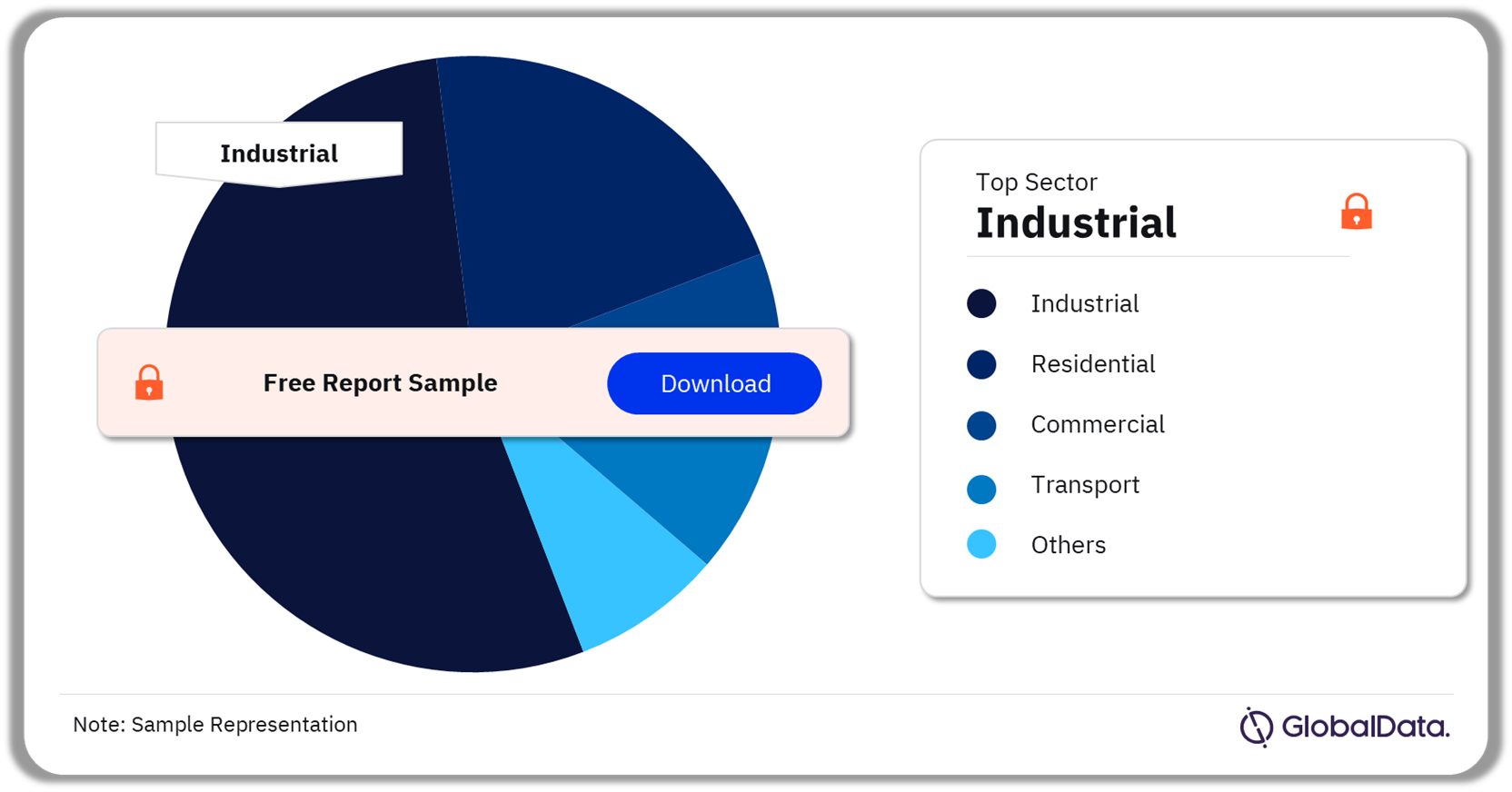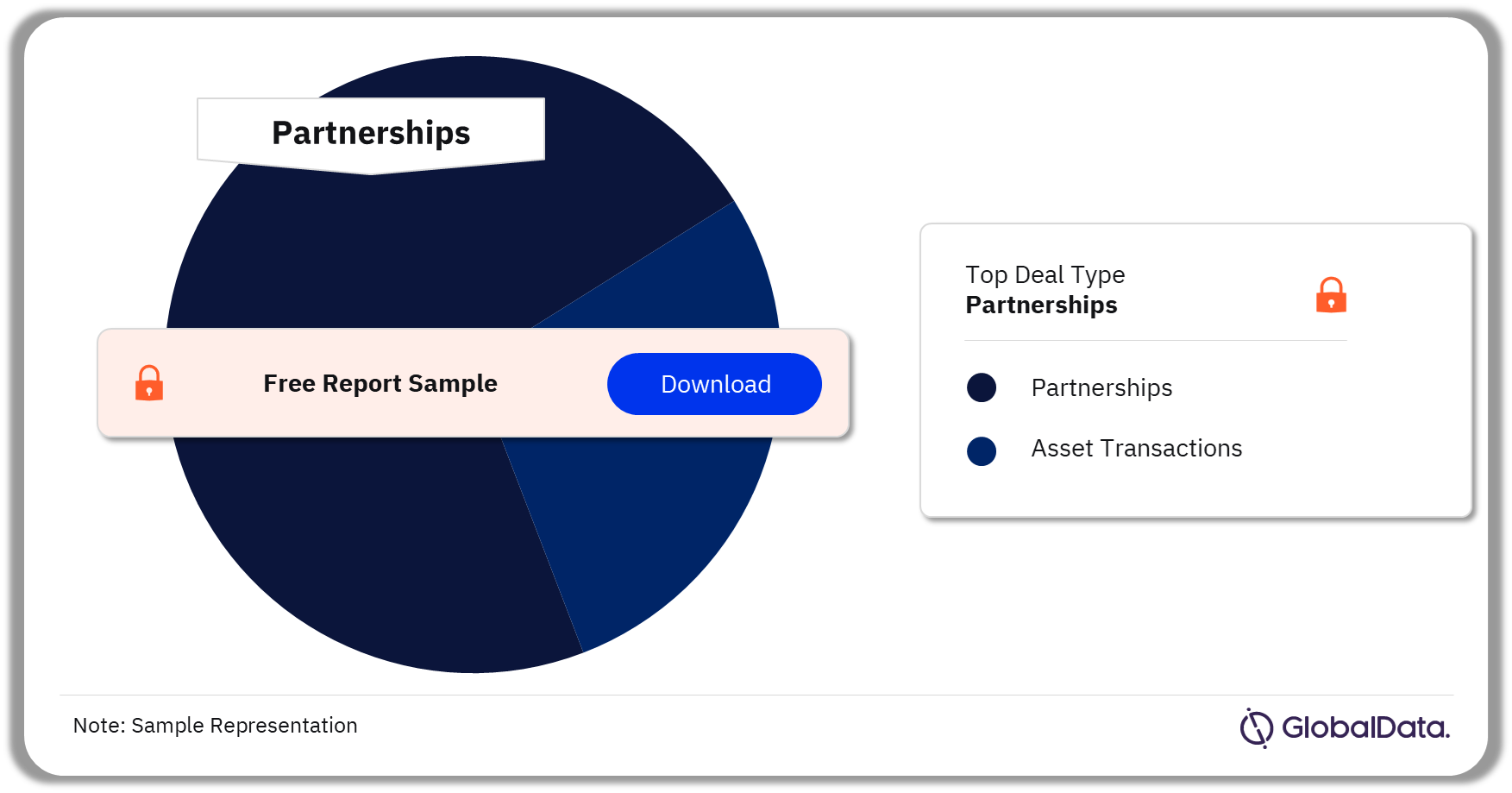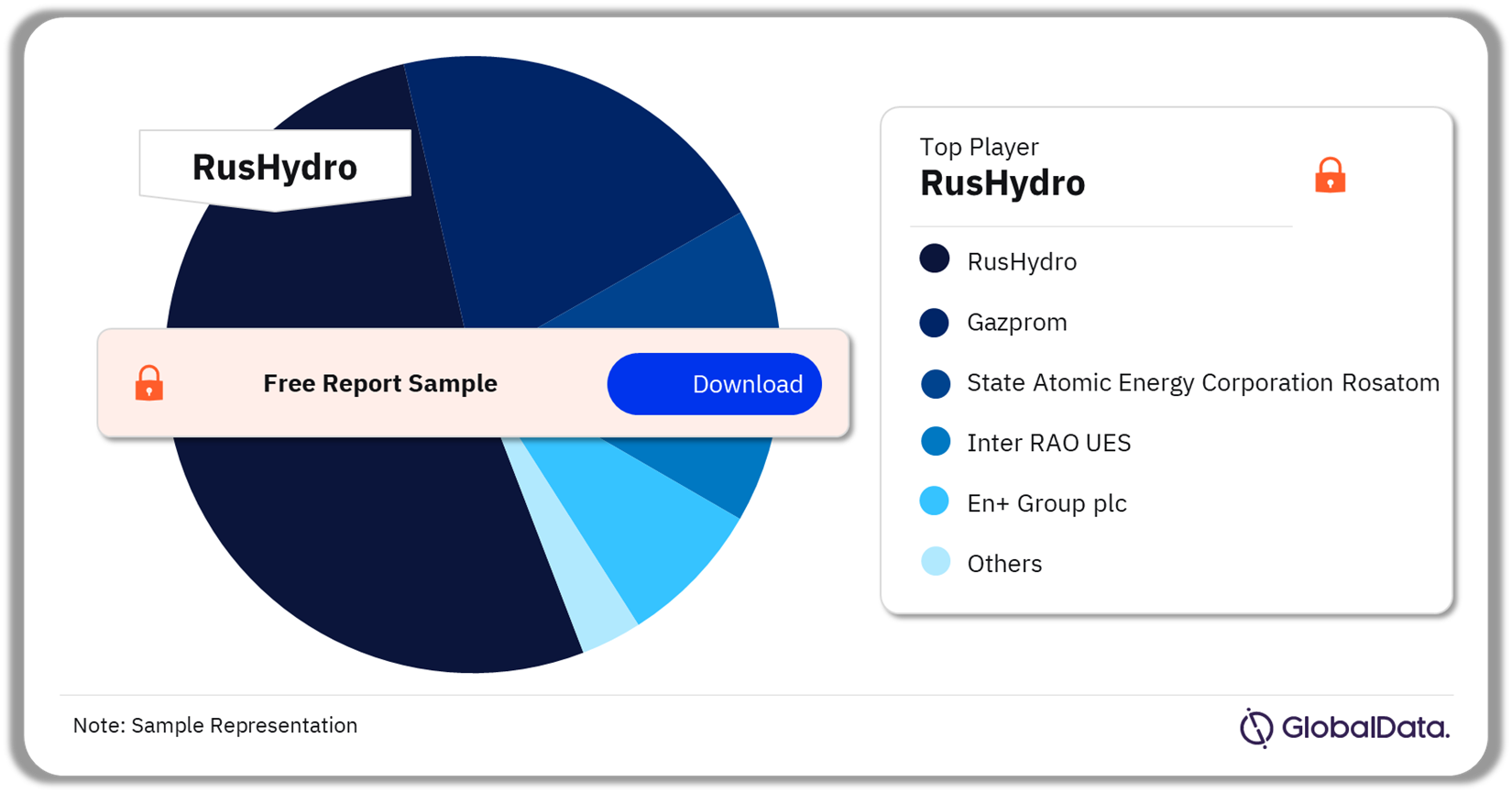Russia Power Market Trends and Analysis by Capacity, Generation, Transmission, Distribution, Regulations, Key Players and Forecast to 2035
Powered by ![]()
All the vital news, analysis, and commentary curated by our industry experts.
Russia Power Market Report Overview
The power market in Russia had a total installed power capacity of 267.1 GW in 2023 and will achieve a CAGR of less than 1% during 2023–2035. Thermal power dominated the capacity segment followed by hydropower.
Russia Power Market Outlook 2023-2035 (GW)
Buy the Full Report to Get More Insights on the Russia Power Market Forecast
The Russia power market research report discusses the power market structure of the country and provides historical and forecast numbers for capacity, generation, and consumption up to 2035. A detailed analysis of the country’s power market regulatory structure, competitive landscape, and a list of major power plants are provided. The report also gives a snapshot of the power sector in the country on broad parameters of macroeconomics, supply security, generation infrastructure, transmission and distribution infrastructure, electricity import and export scenario, degree of competition, regulatory scenario, and future potential.
| Market Size (2023) | 267.1GW |
| CAGR (2023 – 2035) | <1% |
| Historical Period | 2015-2022 |
| Forecast Period | 2023-2035 |
| Key Sectors | · Industrial
· Residential · Commercial · Transport · Others |
| Key Deals | · Partnerships
· Asset Transactions |
| Leading Players | · RusHydro
· Gazprom · State Atomic Energy Corporation Rosatom · Inter RAO UES · En+ Group plc |
| Enquire & Decide | Discover the perfect solution for your business needs. Enquire now and let us help you make an informed decision before making a purchase. |
Russia Power Market Dynamics
Russia is one of the largest economies among the former Soviet Union countries and is highly industrialized.
The power sector of the country is monitored by the Federal Antimonopoly Service (FAS), which regulates electricity prices and supervises compliance with anti-monopoly regulations applicable to the electric power market. The Russian government has appointed two energy commissions, the Commission on Fuel and Energy Complex, which is engaged in legal aspects and institutional structures, and monitors the National Program, and the Commission on Modernization and Technological Development of the Russian Economy, which is engaged in funding innovative projects in energy efficiency and renewable energy.
Thermal power will continue to dominate annual generation in Russia till 2030, as the country has been slow in the adoption of renewable sources for power generation. However, Russia has vast wind energy potential, and the country is actively looking to explore the untapped wind power market.
Buy the Full Report to Get More Insights on Russia Power Market Dynamics
Russia Power Market Segmentation by Sectors
The key sectors in the power market in Russia are the industrial, residential, commercial, transport, and others. In 2023, the industrial sector had the largest share in Russia’s power consumption market.
Russia Power Market Analysis by Sectors
Buy the Full Report to Get More Sectoral Insights into the Russia Power Market
Russia Power Market – Deal Types
The key deals in the Russia power market are partnerships and asset transactions. In 2023, the market was dominated by partnership deals.
Russia Power Market Analysis by Deal Types
Buy the Full Report to Get More Deal Types Insights into the Russia Power Market
Russia Power Market - Competitive Landscape
A few of the leading players in the Russia power market are RusHydro, Gazprom, State Atomic Energy Corporation Rosatom, Inter RAO UES, and En+ Group plc among others. In 2023, RusHydro was the leading revenue generator in the Russian power market, followed by Gazprom.
RusHydro: The company generates electricity and capacity, and transmits, distributes, and sells it on wholesale and retail basis. It generates electricity using various sources such as hydro, ocean, wind, solar and geothermal. RusHydro also sells heat energy.
Gazprom: Gazprom is an integrated global oil and gas company. It carries out the exploration, production, transportation, storage, processing, and marketing of natural gas, gas condensate, and crude oil. The company also sells gas as a vehicle fuel and participates in the generation and marketing of heat and electricity. It owns the gas trunklines integrated with the Unified Gas Supply System (UGSS) of Russia.
Russia Power Market Analysis by Companies
Buy the Full Report to Get More Sector Insights into the Russia Power Market
Scope
The report provides:
- Snapshot of the country’s power sector across parameters – macroeconomics, supply security, generation infrastructure, transmission infrastructure, electricity import and export scenario, degree of competition, regulatory scenario, and future potential of the power sector.
- Statistics for installed capacity, generation, and consumption from 2015 to 2023, and forecast to 2035.
- Capacity, generation, and major power plants by technology.
- Data on leading active and upcoming power plants.
- Information on transmission and distribution infrastructure, and electricity imports and exports.
- Policy and regulatory framework governing the market.
- Detailed analysis of top market participants, including market share analysis and SWOT analysis.
Reasons to Buy
- Identify opportunities and plan strategies by having a strong understanding of the investment opportunities in the country’s power sector.
- Identify key factors driving investment opportunities in the country’s power sector.
- Facilitate decision-making based on strong historical and forecast data.
- Develop strategies based on the latest regulatory events.
- Position yourself to gain the maximum advantage of the industry’s growth potential.
- Identify key partners and business development avenues.
- Identify key strengths and weaknesses of important market participants.
- Respond to your competitors’ business structure, strategy, and prospects.
Table of Contents
Table
Figures
Frequently asked questions
-
What was the total installed capacity in the power market in Russia in 2023?
The total installed capacity in the power market in Russia was 267.1 GW in 2023.
-
What will the installed capacity of the Russian power market growth rate be during 2023–2035?
The installed capacity of the Russian power market will achieve a CAGR of less than 1% during the forecast period.
-
What are the key sectors in the Russian power market?
The key sectors in the Russian power market are the industrial, residential, commercial, transport, and others.
-
Who are the leading players in the Russian power market?
A few of the leading players in the Russian power market are RusHydro, Gazprom, State Atomic Energy Corporation Rosatom, Inter RAO UES, and En+ Group plc among others.
Get in touch to find out about multi-purchase discounts
reportstore@globaldata.com
Tel +44 20 7947 2745
Every customer’s requirement is unique. With over 220,000 construction projects tracked, we can create a tailored dataset for you based on the types of projects you are looking for. Please get in touch with your specific requirements and we can send you a quote.














